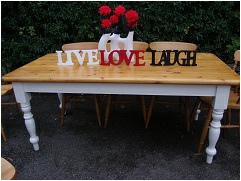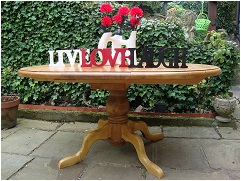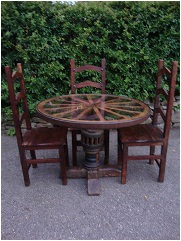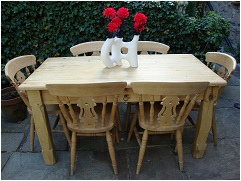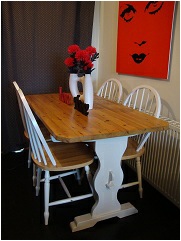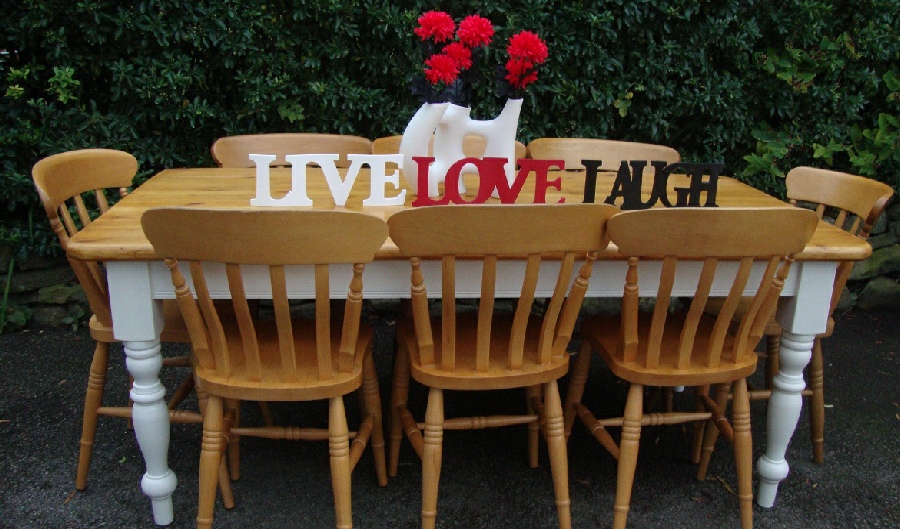
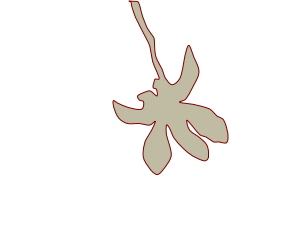


© Reclaimed Farmhouse Tables
It is around the table that friends understand best,
the warmth of being together.
All great things begin at
the dinner table.
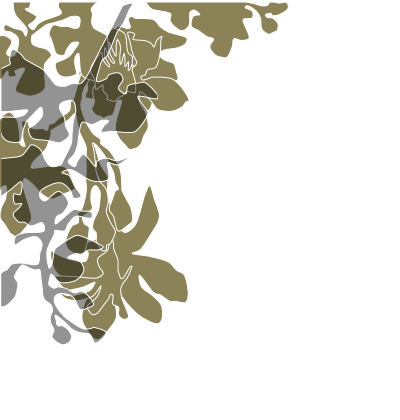

Contact: 0778 7766482 Based in Newcastle Upon Tyne, North East
Families who eat together, stay together.


Historically the dining room is furnished with a dining table (derived from the Latin word tabula, which means a board, a plank, or a flat piece) and a number of dining chairs. The dining table is usually the focal point of the dining room.
In ancient times, tables were made from different materials and in different designs from today: for instance the Egyptians used wood or stone and their tables were fashioned like pedestals (they were little more than stone platforms used to keep objects off the floor), whereas the Assyrians used metal. Other ancient civilizations were also known to use marble. The Chinese also created very early tables in order to pursue the arts of writing and painting.
The earliest surviving type of dining table is the trestle table used in the middle Ages. Since the top was made from long wooden planks resting on trestles, such tables could be dismantled and moved to the side of the hall when space was needed for other activities.
By the mid-
In the mid-
The table is what brings everyone together to eat delicious food and talk about the hot topics of the day. It is the place that unites a family for a short while and that is why it is such an important piece of furniture.

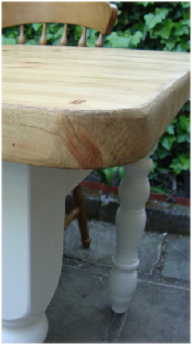
DIFFERENT STYLES OF TABLE
When purchasing your table it is important to consider a few things. First, you want to decide on the size of the table. While bigger is always better for family meals, you want to make sure that your kitchen or dining room can accommodate a larger table and chairs.
Farmhouse table
The traditional farmhouse table is easily recognisable by its sturdy round legs. The farmhouse table is most commonly found in country homes where country living is the way of life, with the various styles it can be used in any home no matter where it’s located. The table is known for its simplistic approach, beautiful legs and is usually large in size seating roughly 6 to 10 people, although it is not uncommon to find smaller farmhouse tables with seating for four. The table is often made of either oak wood or solid pine and can be found in many beautiful natural finishes. When you buy one can you can rest assured you are buying a timeless quality piece of furniture. While rectangle is the most common and often purchased shape you can find them in oval or round shapes as well.
Square leg table
Self-
Taper leg table
Within this range is the more modern chunkier legged table and the traditional taper leg table.
Round taper leg table
This circular version of the taper leg table features curved aprons and a gentle yet springy curved flare at the foot.
Gateleg table
A gateleg table is named for its gate frame. A gate frame is the wood structure that swings out to hold up the table's leaves, or sections of its tabletop. Gateleg tables are a type of drop leaf table. A drop leaf table has one or two tabletop sections, or leaves, that can be dropped down to save space when the table's not being used. Drop leaf and gateleg tables date back to 16th century England.
Trestle table
By definition, trestle is an A-
Drop leaf table
Drop leaf and gate leg table designs were popular in America's Colonial period of the 17th century; homes were typically small and these tables helped saved space. Two excellent options for people pushed for space, or when an unexpected mass of guests turn up expecting to be fed, are the extendible table and the drop leaf (or butterfly) table. Both are compact and neat, but can be easily and quickly extended to accommodate more guests.
Extendible table
The extendible table has a top comprising two parts which can be slid apart; a separate section is then inserted into the gap in the middle to give a larger dining surface.
Pedestal table
These can come in double or single pedestal design. Round pedestal tables have a
single post to support the tabletop, the footprint for this type of dining table
is generally smaller than that of other types of standard-
Plank table
The plank table is a simple rustic design, manufactured from wide planks that usually still have the lumber yard saw marks still visible.
Wind out table
Has removable central leaves with a wind out mechanism, and winding handle. They extend to different sizes.
Refractory table
The refractory table was so called since it was utilized for the eating within monasteries. A number of these look like the trestle tables to a large degree.
